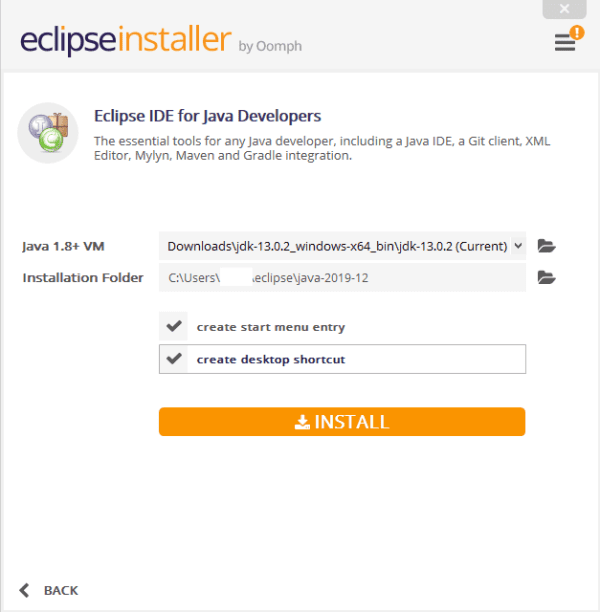

This is because msys2 uses Cygwin and supports Unix-style paths (of the type /c/blah instead of c:/blah or c:\\blah).

Uncheck “Use default build command” and enter this for the custom build command: python $".Right-click the project and choose Properties from the context menu.Ĭlick on the “C/C++ Build” properties page (top-level): The new project will appear under Project Explorer. This is OK, we’re going to reconfigure Eclipse to find our toolchain. Note: you may see warnings in the UI that Cygwin GCC Toolchain could not be found.

On the extended list that appears, choose “Cygwin GCC”.On the same page, under “Toolchain for Indexer Settings” uncheck “Show only available toolchains that support this platform”.The directory you specify should contain a file named “Makefile” (the project Makefile). Don’t specify the path to the ESP-IDF directory itself (that comes later). On the next page, enter “Existing Code Location” to be the directory of your IDF project.In the dialog that pops up, choose “C/C++” -> “Existing Code as Makefile Project” and click Next.Once Eclipse is running, choose File -> Import….

You can use the idf-template project from github, or open one of the examples in the esp-idf examples subdirectory. This means you need to start by creating an ESP-IDF project. Eclipse makes use of the Makefile support in ESP-IDF.


 0 kommentar(er)
0 kommentar(er)
